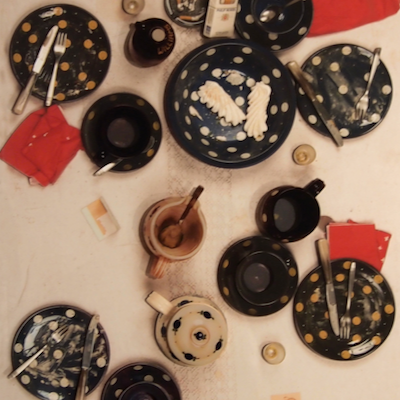Cesar Baldaccini
César Baldaccini (France, 1921–1998), widely known as César, was a key figure in Nouveau Réalisme, celebrated for his transformative sculptures and innovative use of industrial materials. His iconic Compressions series, created by crushing cars and metals, challenged traditional sculptural forms. César’s work blends bold experimentation with a critique of consumerism, leaving a lasting mark on contemporary art.

What is Nouveau Realism?
Nouveau Réalisme is an artistic movement founded in 1960 by art critic Pierre Restany and painter Yves Klein during a collective exhibition at a gallery in Milan. Restany wrote the original manifesto in April 1960, proclaiming the movement. In October of that year, nine artists, including Martial Raysse, Yves Klein, Daniel Spoerri, Jean Tinguely, Arman, Pierre Restany, and three Ultra-Lettrists—Jacques de la Villeglé, François Dufrêne, and Raymond Hains—signed the declaration. In 1961, the movement expanded to include Mimmo Rotella, Niki de Saint Phalle, Gérard Deschamps, and César. The movement emphasized a return to reality in art, often incorporating everyday objects and exploring the boundaries between art and life.











